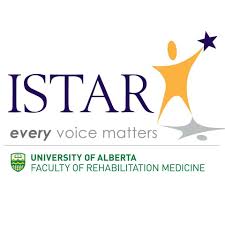
The Institute for Stuttering Treatment and Research (ISTAR), part of the University of Alberta in Edmonton, is conducting a research study involving the changing facial movements of people who stutter while they are talking. Torrey Loucks, a professor at U of A, is the lead researcher, and says his work could shed light on potential treatments for stuttering. This study started in June 2018 and will be going on until October 2019.
In preliminary study, Loucks found that those who have higher variability of speech movement are more susceptible to breaks in speech. The study measures the variability of speech before speech therapy treatment, which lasts three weeks, and after treatment.
The study will look at movement of the lip and jaw of people who stutter, and also tongue movement. Neural imagery may also be examined. The researchers will be exploring the link between the act of speaking and the susceptibility to stuttering. Can a more targeted therapy reduce that susceptibility?
While the cause of stuttering is not yet known, many scientists believe it is due to atypical brain function and structure, which develops during early childhood.
People who stutter often have social anxiety. Loucks believes with ISTAR’s Comprehensive Treatment Program, they could eliminate the negativity surrounding stuttering and work towards a positive attitude when speaking. While there is no pharmacological treatment for stuttering, Loucks believes the study will help future research for developing one.
The study will focus on adult stutterers, but children may also be subjects at some point. Anyone whose primary language is English and between the ages of 16 and 70 are welcome to participate in the study.
If you are interested in learning more about this research or participating, contact ISTAR:
Phone: 780-492-2619Email: istar@ualberta.ca
